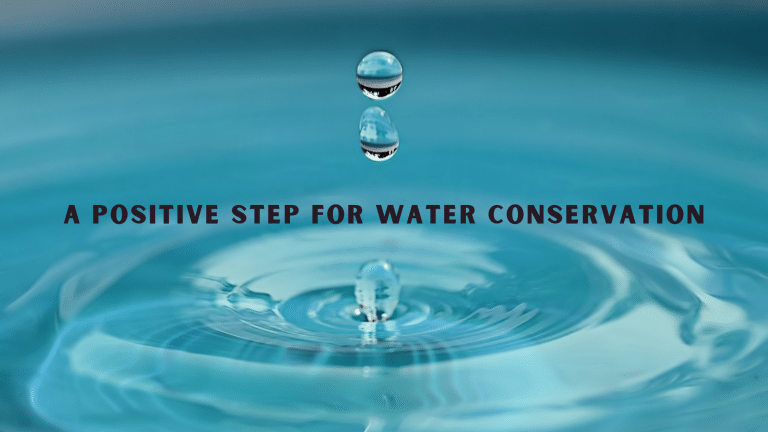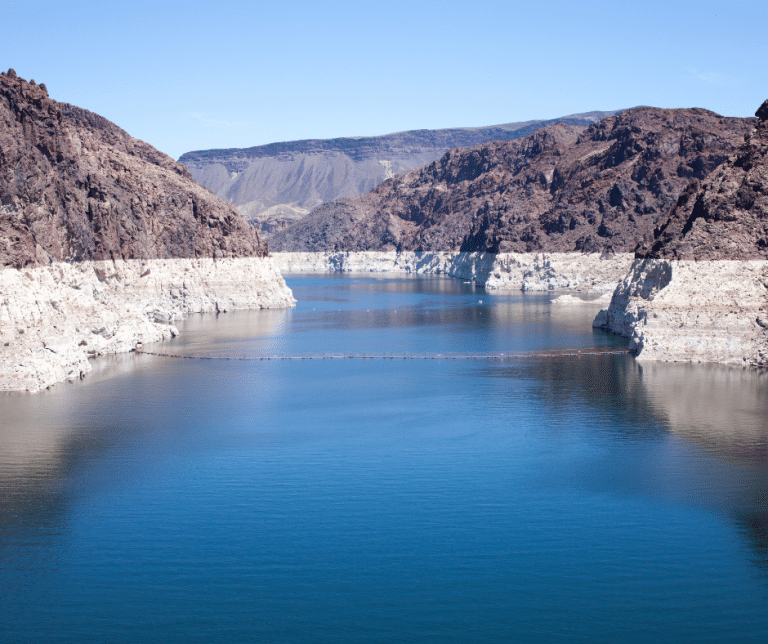
Recently, Energility attended the Mid-Ohio Regional Planning Commission’s (MORPC) Summit on Sustainability. It was great to increase our knowledge of familiar topics as well as learn something new.
Many of us have heard of “Net Zero” or “Carbon neutral” in reference to greenhouse gas emission and have a basic understanding that it means to be balanced. When determining whether or not something is net zero or carbon neutral, emissions produced and emissions removed will equal zero. This is a common goal for energy use, though the year to be accomplished varies. But have you heard of “Net Positive Water”? I heard of this at the Summit, and it got me thinking of what could that mean. For me, it is easy to understand net zero and carbon neutral as being a very basic math equation of the bad (negative) plus the good (positive) should equal zero but “net positive?” I was trying to think of how it could be positive versus just neutral, so I went looking for information on Net Positive Water.
Net Positive Water is a collaboration of United Nation Global Compact, Government of Sweden and committed companies founded on the United Nations statement that water for both drinking and sanitation are human rights. This call to action is called the CEO Water Mandate and is agreed to by numerous large corporations. The basics of the Net Positive Water Impact (NPWI) is targeting water stressed basins and “reducing water stress in its three dimensions: availability (quantity), quality, and access”.
The CEO Water Mandate is about companies of the world pledging to be responsible with their water use and the impacts of their water use on the surrounding communities. We can make simple changes in our homes too:

Even those of us who live in Ohio with the Great Lakes as neighbors and aquifers that can keep up with our current water demands can see the impact of the changing climate in areas where there are long standing droughts (pdf download Major Aquifers in Ohio and Associated Water Quality). Many of us have seen photos of lakes that have dried up and the lowering of water levels on major rivers. We have also read many stories of areas where water is not safe to drink because of lead pipes and water systems that have not been maintained.
Water is necessary for all aspects of life from drinking to hygiene to rest and relaxation. The CEOs of the world have listened to their consumers saying that they want changes, and they are making steps forward – Net Positive Water, ESG Reports that are public, Fair Trade products being more available. We can make the changes in our homes and we must continue to ask for changes from the companies we buy from.
